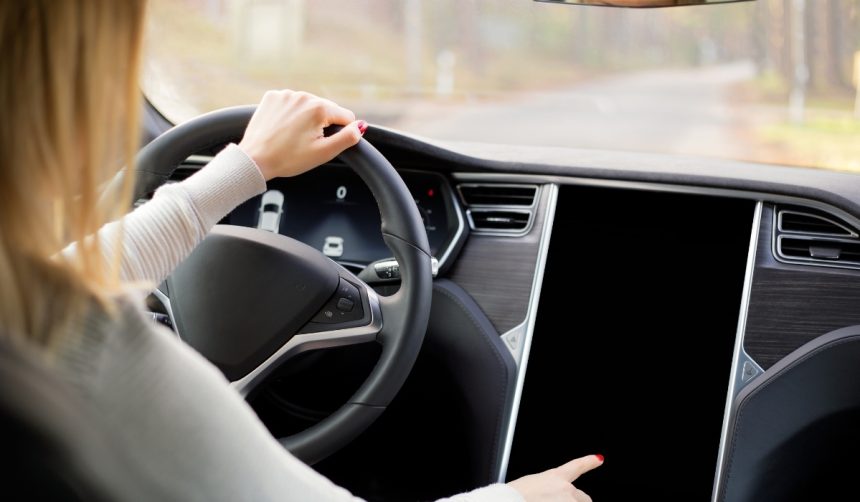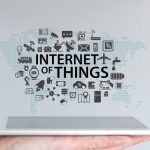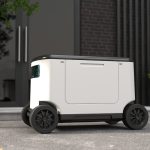Tesla owners across Europe are witnessing an expansion of the company’s MultiPass program, designed to address persistent challenges with electric vehicle charging at stations beyond its own Supercharger network. This initiative aims to simplify the charging experience by allowing Tesla drivers to use their existing app or keycard to access third-party chargers, reducing the reliance on multiple provider-specific apps. The move comes as demand for user-friendly electric mobility solutions continues to grow, reflecting feedback from EV owners about common pain points in day-to-day charging.
Tesla initially introduced MultiPass to Dutch users several months ago, marking a notable step compared to earlier efforts focused solely on Supercharger access. Industry discussions soon followed about how this digital integration could ease driver frustrations. Previous coverage centered on the rollout’s limited scope and early operational kinks, with users reporting mixed experiences across different charger networks. While recent updates highlight expanded coverage, ongoing customer reports emphasize persistent issues with interface usability and payment reliability, which Tesla now addresses publicly with promises of improvement.
How Does MultiPass Expand Charging Options?
Tesla’s MultiPass, which enables seamless charging and payment through the Tesla app across third-party providers, expanded this week from its Netherlands pilot to Sweden, Germany, the United Kingdom, France, and Belgium. By collaborating with networks like Fastned, Tesla seeks to broaden charging access for its users throughout the continent. These partnerships are intended to address range anxiety by making EV travel across borders more feasible and less cumbersome for Tesla drivers.
What Challenges Do Users Report?
Despite these efforts, Tesla owners have encountered difficulties with charger compatibility and inconsistent pricing visibility. Users have singled out varying charger interfaces and lack of standardized information on charging speed and costs as common frustrations. Tesla acknowledged these problems, stating,
“We’re grateful to customers flagging any issues in the Tesla App. Payment success rate and coverage will continuously improve.”
Continued feedback is anticipated as the program remains in its early phases.
How Do Partnerships and Upgrades Affect the Charging Landscape?
Tesla has further enhanced European charging access by partnering with Electrify America, Rivian’s Adventure Network, and other key players. This complements the rapid increase in Supercharger infrastructure, which has added roughly 200 stations and 1,250 stalls in the last year, a 16 percent rise. V4 Superchargers now constitute a substantial proportion of stalls in Europe, supporting higher charging rates and serving growing EV adoption rates in the region.
MultiPass’s evolving rollout reflects the complex realities of developing a unified EV charging solution across a fragmented provider landscape. Tesla’s ongoing engagement with users and network partners signals both the potential and the obstacles facing solutions aimed at interoperability. For drivers, programs like MultiPass offer a glimpse at a more convenient charging future, but they should remain aware of varying experiences based on geography and provider partnerships. Monitoring app updates, regional charging agreements, and the development of standardized interfaces will help drivers make informed decisions. The ongoing integration of non-Tesla chargers illustrates the gradual shift towards open charging ecosystems, but widespread seamlessness is still in progress as technical and commercial challenges persist. As Tesla continues to expand its coverage and address reported issues, EV owners should expect incremental enhancements rather than immediate uniformity in charging experiences.










